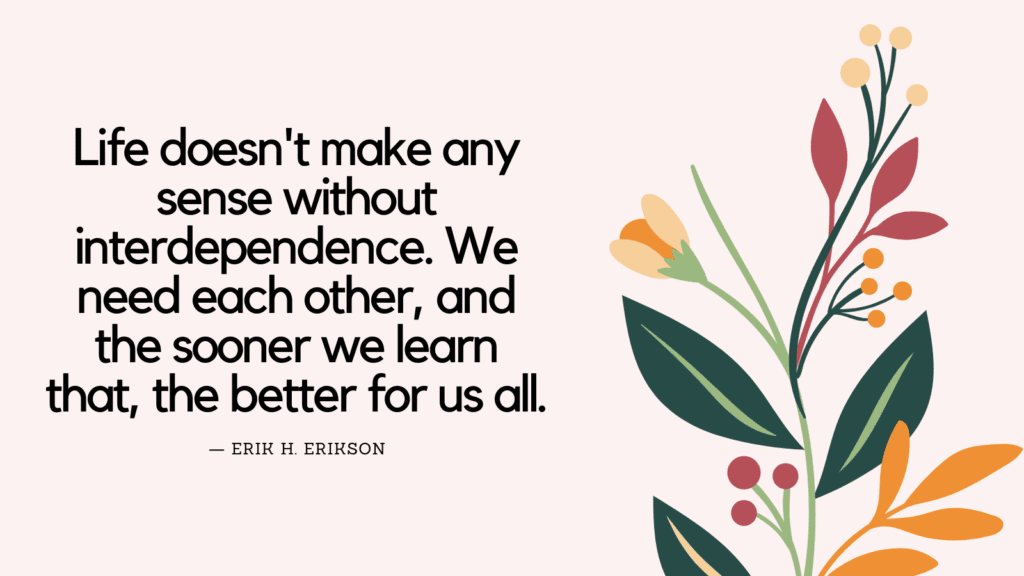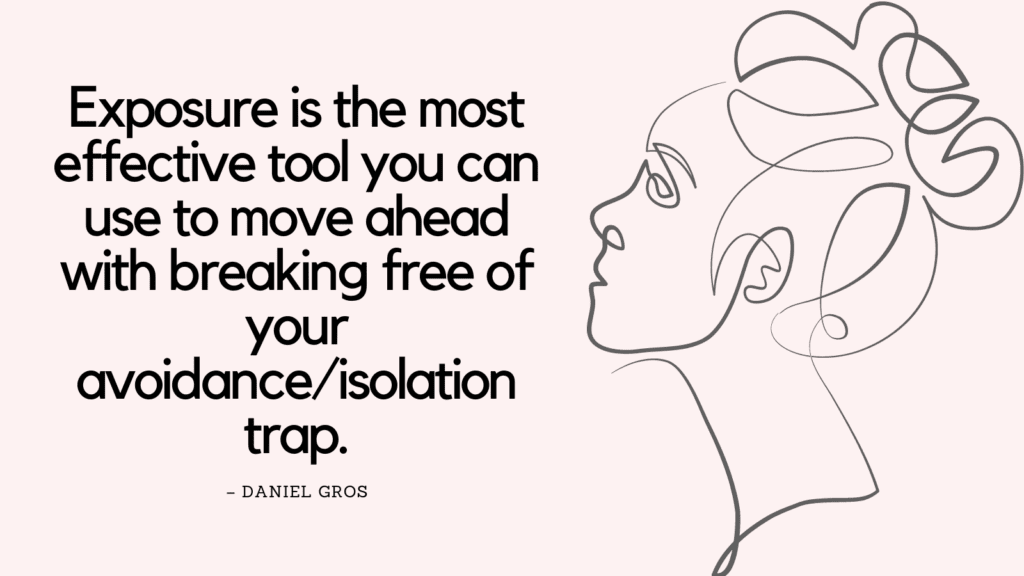This post contains some of the best a man crying quotes.
A Man Crying Quotes
1. ““If you cry, you cry,” he’d said, drying his cheek with one of the white handkerchiefs he always kept in his back pocket.” – Jared Yates Sexton
2. “…one of the most valuable lessons I’d ever learn: “If you cry, you cry. There’s no shame in it.”” – Jared Yates Sexton
3. “Because I guarantee you that real men cry, real men will know to seek help when they need it, and real men do stay home with their kids.” – Aaron Gouveia
4. “Do you know how to express yourself by crying, being compassionate, and showing vulnerability? Those. Are. Not. Weaknesses. Being complete human beings who possess the capacity to feel and process emotions is an essential strength that shouldn’t be gender specific in any way.” – Aaron Gouveia
5. “For many men, being described as “girly” is a cardinal sin that must be avoided at all costs. Crying too much? Don’t be such a girl. Not throwing the ball far or hard enough? Try harder, Sally. Screaming because you’re scared of something? Man up and don’t be a sissy. These are things every American boy has heard at some point in his life—and internalized, as well.” – Aaron Gouveia
Related: Nice Guy Syndrome Test (+Best 19 Practical Strategies To Overcome The Nice Guy Syndrome)
6. “From London to Beijing to South Africa, El Salvador to Spain, the world is changing fast, and increasing numbers of men are waking up to what it means to have a penis and to use it as a weapon of oppression; what it means to believe that women are there to be pornified and abused; what it means to believe that ‘men don’t cry’; what it means to assume that men are the superior gender, and what it means to believe that homosexuality is a disease.” – Stephen M. Whitehead
7. “Men didn’t cry. Men didn’t tell you they loved you. Men didn’t talk about what was wrong. It was that Marines mindset, that old way where you were either tough or you were weak.” – Jared Yates Sexton
8. “They need to see men cry and talk about their feelings. They need to know men are still men if they paint their fingernails or decide to stay at home with their kids full-time or seek help from a therapist because life circumstances proved too much to bear on their own.” – Aaron Gouveia
9. “Unfortunately, this is one of the earliest lessons in masculinity and it starts the first time a boy hurts himself or suffers disappointment. He’ll begin to cry and someone, whether it’s a father or a mother, will tell him “boys don’t cry.” The scolding is bad enough in that it tells the boy he’s not allowed to show his emotions and that crying, a perfectly natural coping mechanism, is not appropriate and serves to differentiate the sexes.” – Jared Yates Sexton
10. “We encourage the boys to critique phrases such as “Man up” and “Take it like a man.” Which are really say, boys don’t cry and boys don’t ask for help when they’re feeling down.” – David Brockway
11. “We raise our boys to be tough at all costs. They are not allowed to cry. They are mocked and ridiculed if they openly express their feelings. They are told to be strong and silent and to never seek help, because “real men” figure things out on their own. They are told to be dominant and aggressive in sports, work, dating, and life in general.” – Aaron Gouveia
Related: People Pleaser Quiz (+Top 21 Proven Ways to Stop People Pleasing)
12. “What happens, as Dr. Richard M. Eisler argues in Levant and Pollack’s A New Psychology of Men, is a male existence where boys develop a schema that “encourages them to attack rather than cry when someone hurts or threatens them” and, as Levant has argued, become “emotional strangers” to themselves.” – Jared Yates Sexton
13. “When young males are told “boys will be boys”; that “boys don’t cry”; that it is important to “man up” and “don’t be a sissie”, they are being fed the discourse of toxic masculinity.” – Stephen M. Whitehead
14. “Where do the boys get ideas like it’s weak for men to cry, or women are strong, men are weak?” – David Brockway
15. “I don’t deny that I cried; there is no shame for a man to cry for the right reason”
― Islam Bakli
Related: How To Feel Your Feelings & Sit With Painful Emotions? (Top 9 Difficult Emotions)
16. “Whereas one family may foster sexual stereotypes (“big boys don’t cry”), another may pattern the open expression of feelings, regardless of gender. In some families, children are taught to disclose their innermost thoughts, seek solace in community, and value their feelings as the guide to behavior. In other families, stoicism, self-reliance, solitude, and an emphasis on rationality might be modeled. Despite changing attitudes and standards many adults continue to have traditional and stereotyped conceptions of sex roles and behave accordingly.” – Terry L. Martin & Kenneth J. Doka
17. “Differences may also result from development and social class. Generally, societies permit the very young, and sometimes, the very old, greater freedom in expression.” – Terry L. Martin & Kenneth J. Doka
18. “We are continually reminded that while gender influences grief patterns, it does not determine them. Hence, grief patterns may have associations with the genders (i.e., more women than men are intuitive grievers, and more men than women are instrumental grievers), but there are a number of other factors that affect the personal grief pattern adopted.” – Terry L. Martin & Kenneth J. Doka
19. “While there is a clear relation between gender and grieving patterns, this is not seen as deterministic. Women also may exhibit an instrumental style. And many women and men represent grievers who demonstrate more intuitive patterns. Clearly, patterns are influenced by gender but not determined by it.” – Terry L. Martin & Kenneth J. Doka




